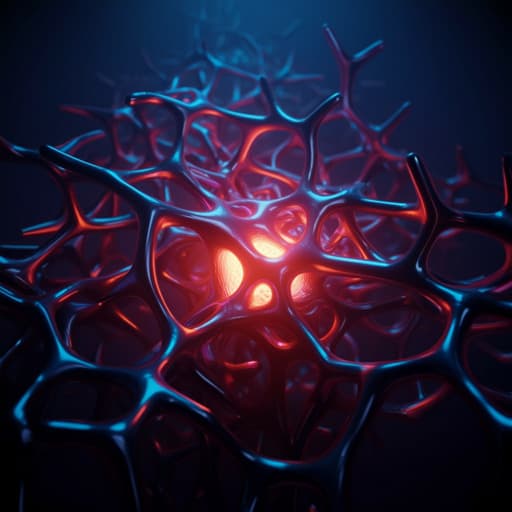
Medicine and Health
Automated detection of intracranial aneurysms using skeleton-based 3D patches, semantic segmentation, and auxiliary classification for overcoming data imbalance in brain TOF-MRA
S. Ham, J. Seo, et al.
This groundbreaking study introduces a CNN model that demonstrates impressive accuracy in detecting intracranial aneurysms through 3D TOF-MRA imaging. Conducted by a team of esteemed researchers, this innovative approach not only highlights the model's capabilities but also suggests significant potential for clinical use.
~3 min • Beginner • English
Related Publications
Explore these studies to deepen your understanding of the subject.







